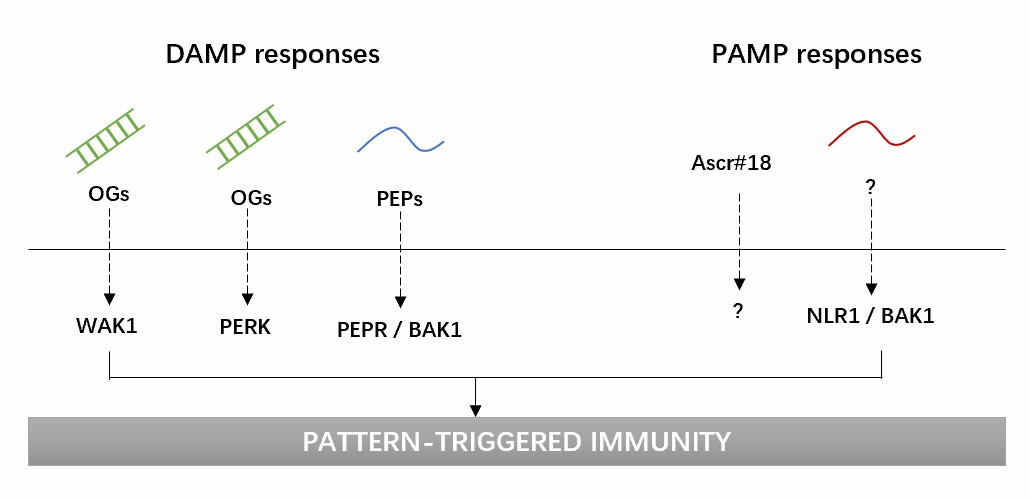Mechanism Analysis of Plant Response to Nematodes
Plant nematodes are an important group of pathogens that are widespread and highly adaptable, posing serious damage to food crops, horticultural crops, and forest plants by establishing long-term, stable parasitic relationships with their host plants. In addition, nematode infestation can exacerbate the damage caused by other pathogens. In recent years, a lot of research progress has been made in the cloning of nematode resistance genes, the mechanism of action of effector proteins, and host response.
Lifeasible, as a leading global company, is committed to helping our customers achieve effective and successful research. We provide a mechanism analysis of plant response to nematodes. In addition, we deliver reliable results and reports on time to our customers worldwide.
- The localization and cloning of nematode resistance genes are a very active research area at home and abroad, and the mining of effective resistance genes and their associated molecular markers can speed up the breeding process of resistant varieties.
- With the development of biotechnology, research on nematode resistance mechanisms has been intensifying, and great progress has been made in genetics, transcriptomics, protein function, and other related research on genetics, transcriptomics, protein function, and other related aspects has made significant progress.
- Lifeasible provides localization and cloning services for plant resistance genes to nematode infection in different crops, including beet, tomato, potato, soybean, pepper, cereals, and others.
- Non-coding RNA (ncRNA) refers to RNA that does not encode proteins, including a variety of RNAs with known functions, such as rRNA, tRNA, snRNA, and microRNA, as well as circRNA and lncRNA with unknown functions.
- We provide mechanism analysis of plant ncRNA to nematode infection, including miRNA, lncRNA, and circRNA. When plants are threatened by pathogens, lncRNAs, and circRNAs act mostly through miRNAs to regulate mRNAs, and we help our customers to study and demonstrate the biological functions and roles of these non-coding RNAs in depth.
As trace signaling molecules in plants, endogenous plant hormones play an essential role in the regulation of plant growth and development. We provide mechanism analysis of plant hormones in response to nematode infection, including salicylic acid, jasmonic acid, ethylene, auxin, and so on.
 Fig.1 Model for cell surface perception of parasitic nematodes and defense induction by plants.
Fig.1 Model for cell surface perception of parasitic nematodes and defense induction by plants.
- Plants trigger immune responses to nematode infection by recognizing its invasion through several complementary systems.
- We provide mechanism analysis of plant immune response to nematode infection, including the secretion of anti-nematode enzymes, the production of anti-nematode compounds, cell wall reinforcement, production of reactive oxygen species and nitric oxide, and hypersensitive response-mediated cell death.
Lifeasible is always devoted to providing high-quality and satisfactory service to our customers. If you are interested in our services or have any questions, please feel free to contact us or make an online inquiry.
For research or industrial raw materials, not for personal medical use!
 Fig.1 Model for cell surface perception of parasitic nematodes and defense induction by plants.
Fig.1 Model for cell surface perception of parasitic nematodes and defense induction by plants.